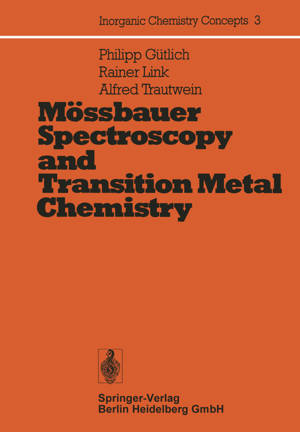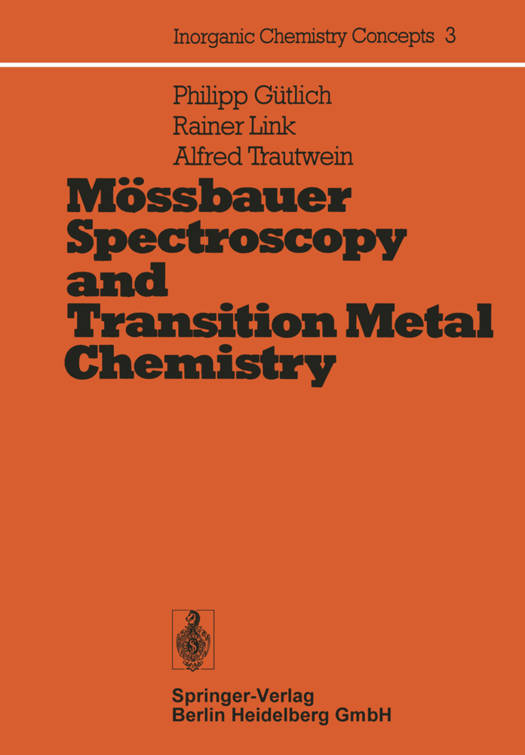
- Afhalen na 1 uur in een winkel met voorraad
- Gratis thuislevering in België vanaf € 30
- Ruim aanbod met 7 miljoen producten
- Afhalen na 1 uur in een winkel met voorraad
- Gratis thuislevering in België vanaf € 30
- Ruim aanbod met 7 miljoen producten
Zoeken
€ 125,95
+ 251 punten
Omschrijving
Two decades have passed since the original discovery of recoilless nuclear gamma resonance by Rudolf Mossbauer; the spectroscopic method based on this resonance effect - referred to as Mossbauer spectroscopy - has developed into a powerful tool in solid-state research. The users are chemists, physicists, biologists, geologists, and scientists from other disciplines, and the spectrum of problems amenable to this method has become extraordinarily broad. In the present volume we have confined ourselves to applications of Mossbauer spectroscopy to the area of transition elements. We hope that the book will be useful not only to non-Mossbauer special- ists with problem-Oriented activities in the chemistry and physics of transition elements, but also to those actively working in the field of Mossbauer spectroscopy on systems (compounds as well as alloys) of transition elements. The first five chapters are directed to introducing the reader who is not familiar with the technique to the principles of the recoilless nuclear resonance effect, the hyperfme interactions between nuclei and electronic properties such as electric and magnetic fields, some essential aspects about measurements, and the evaluation of Moss- bauer spectra. Chapter 6 deals with the interpretation of Mossbauer parameters of iron compounds. Here we have placed emphasis on the information about the electronic structure, in correlation with quantum chemical methods, because of its importance for chemical bonding and magnetic properties.
Specificaties
Betrokkenen
- Auteur(s):
- Uitgeverij:
Inhoud
- Aantal bladzijden:
- 282
- Taal:
- Engels
- Reeks:
- Reeksnummer:
- nr. 3
Eigenschappen
- Productcode (EAN):
- 9783662125472
- Verschijningsdatum:
- 3/10/2013
- Uitvoering:
- Paperback
- Formaat:
- Trade paperback (VS)
- Afmetingen:
- 170 mm x 244 mm
- Gewicht:
- 476 g

Alleen bij Standaard Boekhandel
+ 251 punten op je klantenkaart van Standaard Boekhandel
Beoordelingen
We publiceren alleen reviews die voldoen aan de voorwaarden voor reviews. Bekijk onze voorwaarden voor reviews.








